Queensland shows how fertigation combines with efficient automation for best use of precious water
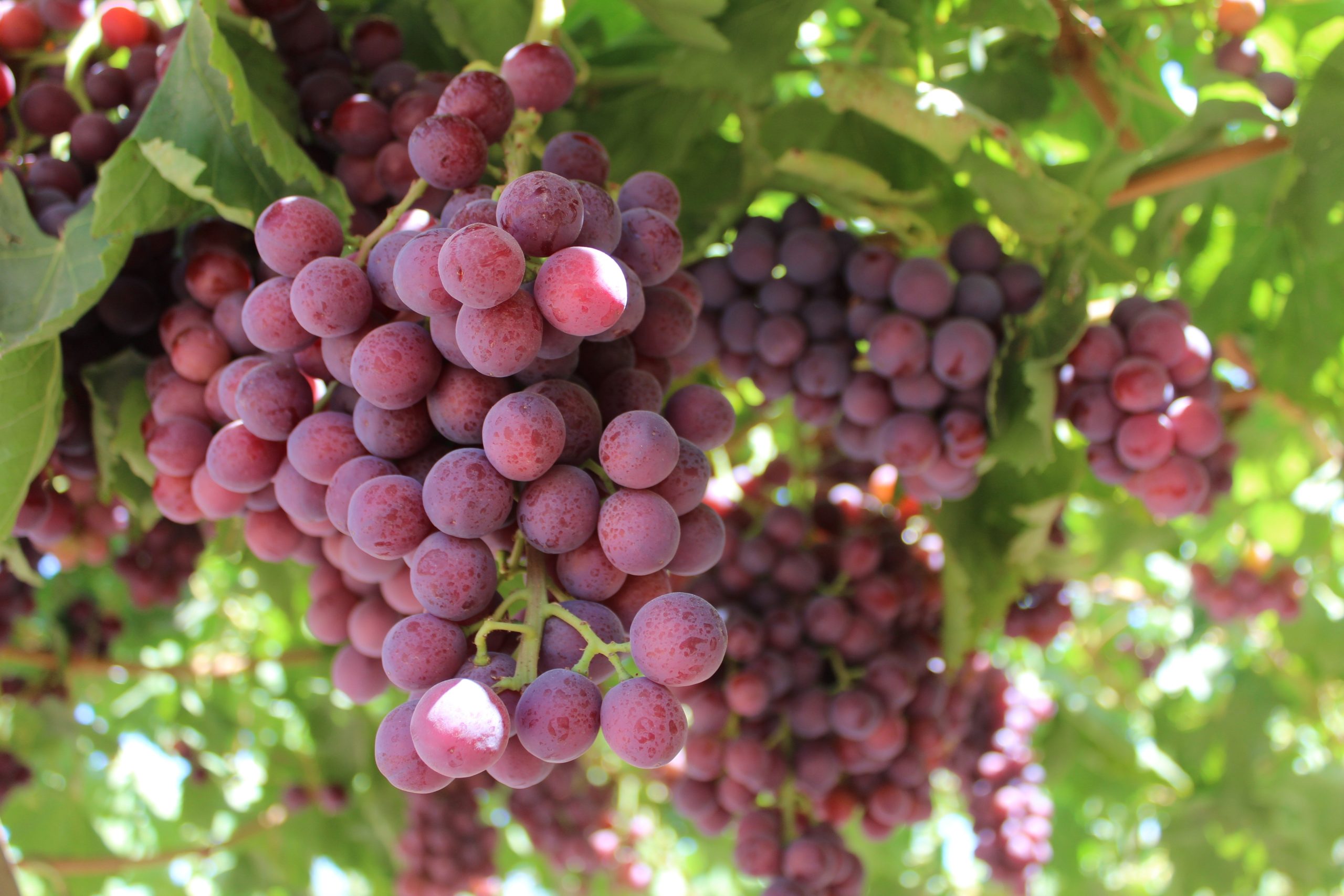

Irrigated agriculture represents 20 percent of the planet’s total cultivated land and contributes 40 percent of the total food produced globally, says the World Bank.
And not only is irrigation a critical input for agricultural production in Australia, but also it plays an important role in food security and economic prosperity in this country, which is fortunate in that it produces much more food than it consumes.
We export around 70 per cent of agricultural production in Australia, and the output is boosted by landholders here becoming increasingly adept on doing more with less water, says irrigation system designer and installer Nicholas Dew of the national Water Dynamics Group.
But competition for water resources in this, the driest inhabited nation on earth, is growing every year. And the eventual arrival of a drier El Nino weather pattern, alternating with recent extreme weather conditions, is expected to reduce further the amount of water available as a community resource, says Nicholas.
Improving water use
In response, statutory planning bodies are focussed on improving water use productivity in agriculture in particular, are introducing national metering requirements to ensure there is enough to satisfy expanding demand in all areas – extending from potable water for communities, through to industries including processing, manufacturing, mining, pastoral, and cropping uses, while ensuring environmental flows and maintenance of our natural resources.
“Water use by the agriculture, forestry, and fishing industry increased by 3% to 9,981 GL, during the recent La Nina weather pattern, driven by high water availability particularly in Queensland and NSW, while household water use decreased by 2% to 1,779 GL,” says Nicholas, whose experience spans Eastern states from his base at the Water Dynamics irrigation company branch in Mildura, Victoria, on the South Bank of the Murray River, in one of the country’s major irrigation zones.
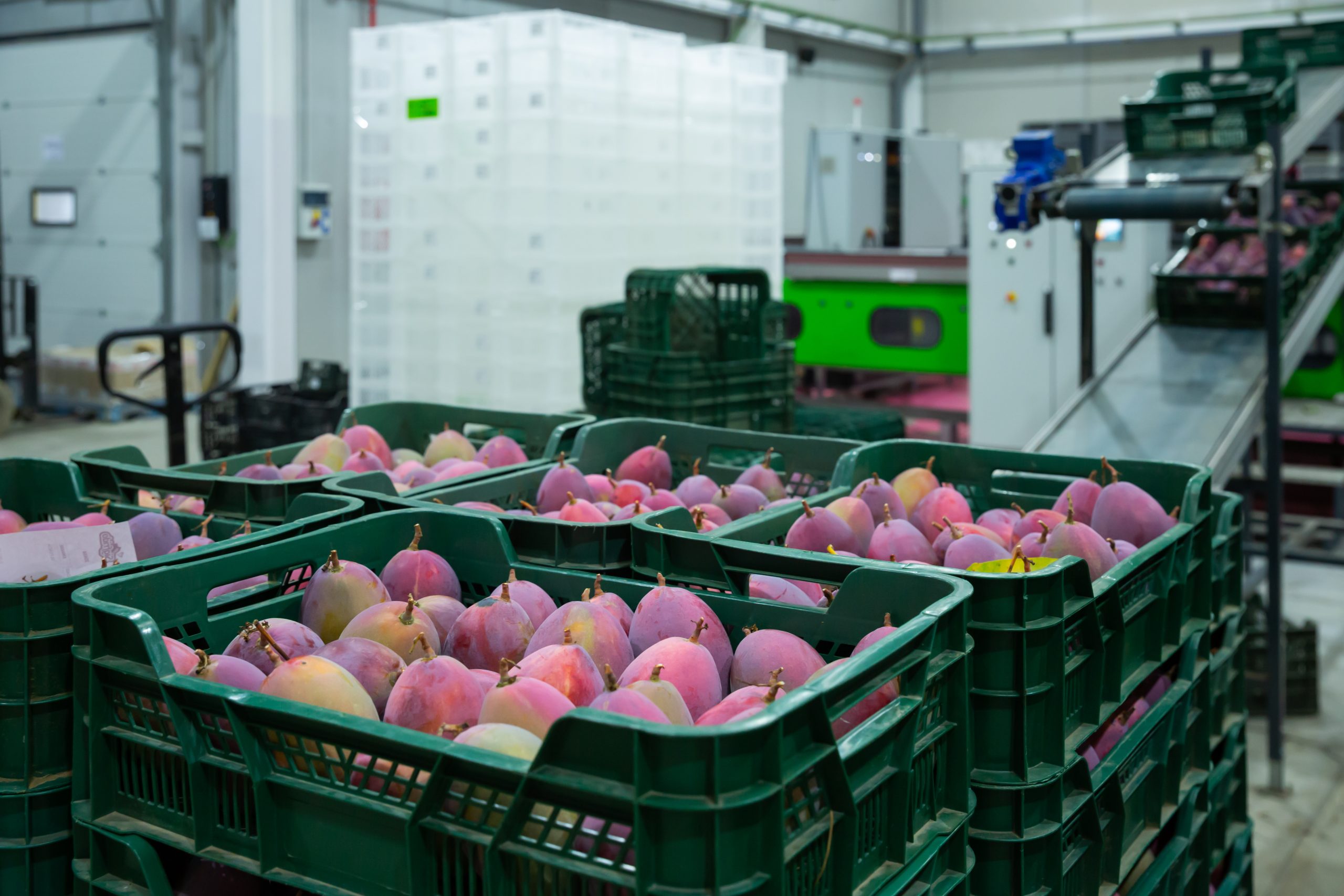
But landholders today are pretty hardy and adaptable. After all, they have experienced drought and bushfires over many years that have had a dramatic effect on Australia’s irrigated agriculture.
So many far-sighted farmers and companies have anticipated water shortages and been planning and acting to ensure that, even through future adversity, their livelihood continues to grow steadily because of their farming expertise and resilience.
Fruit Master upgrades irrigation
One example of a far-sighted project in which Nicholas was involved and which is now operating successfully was an upgrade combining irrigation flow improvement, automation, and fertigation in the Fruit Master farm in Emerald, in the central Queensland ranges, on the Nogoa River.
The Emerald operation was part of Fruit Masters national operations, said Nicolas, as an Australia local supplier and exporter of table grapes and other premium fruit and vegetables. The business involved a combination of its own growing facilities, farms throughout Australia, and third party growers to supply its customers 52 weeks of the year with fruit in the best and freshest condition. As an exporter, the company established a long record of building up Australia’s reputation as the premier clean and green fresh fruit growing capital of the southern hemisphere. Outstanding produce requires outstanding irrigation, says Nicholas Dew.
The company recognised the importance not only of using water wisely, while reducing overall consumption and energy needs, but also of ensuring they have a responsive, controllable, and flexible irrigation scheme that delivers the right amount of water to the right crops at the right time – to ensure they are in peak condition when harvested and delivered.
The grapes, and citrus growing at Emerald can be very specific about when and how much water they require to grow optimally – and to avoid issues such as leaf burn and disease – so the first part of our upgrade, initiated in 2020, was to introduce major improvements to the existing farm irrigation system.
These upgrades included pump upgrades, main line enhancements, replacement of filter elements, and pilots to optimise flow, energy use, and capacity in response to changing needs. Also included was automation to ensure accurate water delivery through the system when it is needed, avoiding waste, saving energy, and more than doubling the speed and ease of the operation.
Initial elements of this work included an increase in capacity to the holding dam and capacity from there to supply reliably the irrigation infrastructure.
Pumping upgrades consisted of adding 2 x Hydro Titan 200*200-500 pumps with110kw motors, along with 2 x Arkal Apollo automatic filters on poly manifolds with 9 pods each.
A purpose-built control room was added for pump automation with 110kw variable speed drives to reduce energy costs, decrease electrical system stress, and extend the reliability and life of the pumps. To allow for the increase in flow a 450mm main was installed to “Tee” into existing 300mm mainline.
The existing pumping system was left in place with gravel tanks as stand by units.
Two new 55kw variable speed irrigation pump drives were installed into control room. The existing pump system mainline was relocated from under infrastructure built up over the years – including a shed – to provide greater accessibility and allow the installation of new 300mm steel manifold operating from existing gravel filters.
Control and regulation of the system was heightened by:
- Individual isolation valves for each filter
- Water meters installed on both the existing & new pump stations discharge pipework to measure performance and ensure accurate internal monitoring and control. A 600mm water meter was installed as part of the increase of water supply to the holding dam. This was installed to comply with Fairbairn Irrigation Network’s requirements, as the irrigation water utility for the area.
- Main isolation valves and check valves for finer directional flows
- A connection point for a possible 90 hectare (200 acre) future extension
Automation
To further optimise flow and flexibility, new filter elements were installed in existing field filters, as well as new pressure-reducing pilots for existing hydraulic valves and self-driven irrigation control valves.
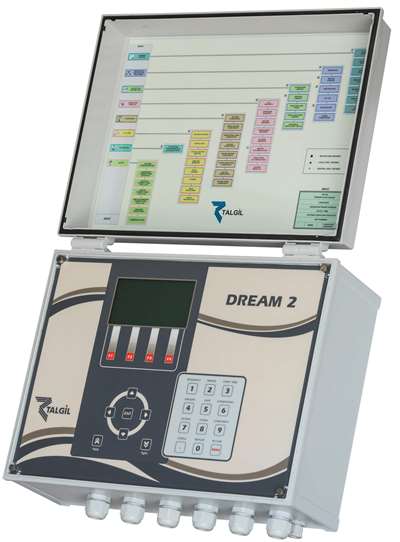
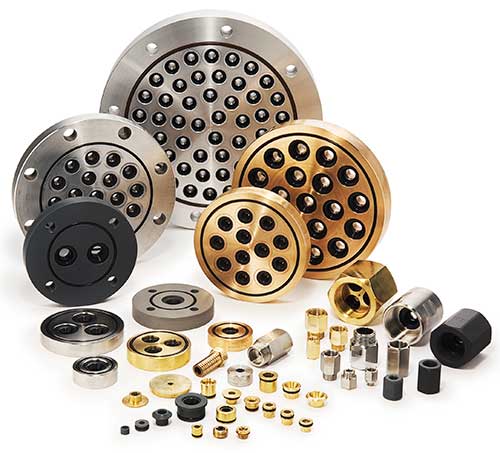
Automation of the improved system was achieved using a Talgil Dream Controller and radio control equipment including Dream 2 controller operational from smart phones. Dual field radios were installed to control twin valves and single-field for individual valves. The system also included mounting poles for each radio unit and an email fault messaging system.
“We chose the DREAM 2 as a next-generation central control irrigation system which allowed the combination of various technologies to suit the needs of this specific project,” says Nicholas Dew. It is advanced, but also proven in hundreds of applications – including field, greenhouse, and municipal – where it has demonstrated its reliability.
Fertigation
The system’s internet-enabled controller allows the user to control everything from a PC or Smartphone. The DREAM 2 can handle multiple irrigation heads thus allowing the user to manage medium to very large projects with many irrigation lines using a single controller.
The DREAM 2 can handle multiple irrigation heads thus allowing the user to manage medium to very large projects with many irrigation lines using a single controller. It can incorporate hundreds of irrigation programmes; irrigation heads and valves can be defined. It allows water dosage by time, volume, volume per area and ET (evapotranspiration), and both local and multiple remote fertilisation sites, with up to six fertilisers per site.
Improvements to fertigation infrastructure and processes contribute to more than halving the time taken to fertigate the whole farm and different crop plantings.
Fertigation is the process of supplying dissolved fertiliser to crops through an irrigation system as exactly as possible as required. When combined with an efficient irrigation system, both nutrients and water can be manipulated and managed to obtain the maximum possible yield of quality marketable production from a given quantity of these inputs.
Fertigation of the Fruit Master location was achieved by fertigation stations at different locations on the farm, including one for citrus, and situated adjacent to the existing filtration system and a second station for the grape vines either side of the main driveway up to the drainage gully, the packing shed. The third station serves existing vines east of the drainage gully and can serve a proposed future development along the highway.
The Emerald fertigation line runs directly from each station to their respective valves, to allow irrigation of vines and citrus at the same time as fertigating. All their fertigation stations are able to run simultaneously and are sized to fertigate their respective areas in four shifts of three hours each, allowing bulk application in 12 hours.
The system features include:
- Stainless steel venturi mixing bench.
- 9000 litre poly tank with base and tapered bottom.
- 2.2kw Lowara injection pump, this pump to be utilised on bulk delivery of flows between 1200 & 2800 LPH
- 75kw Grundfos injection pump to be utilized when individual or group of valves been fertigated has an injection rate less than 1200 lph.
- 2.2kw Lowara Agitation pump with automatic shutdown on tank empty.
- Automatic operation from main controller. Citrus fertiliser connects directly to main controller while the vine fertiliser stations to be radio linked back to controller
- Fertiliser meter with pulse output allows fertigation by volume and alarming if flow rates outside expected flows.
- Flush controller to flush fertigation from the fertiliser lines & into the respective patch’s
Each injection point includes 15mm Maric valving ranging in flow from 4 – 15 lpm. The Maric valves have been sized that no matter which combination of valves is injecting, the areas receive proportionally the same amount of fertiliser based on the irrigation flow of the valve. Maric Protect irrigation pumps also enhance reliability by protecting them against by too high a flow rate, which can result in cavitation or bearing damage.
Results of the upgrade
Previous farm infrastructure and different crop plantings could take up to 21 days to fertigate the farm, while also not optimising controlling the growth and ripening process, energy savings, and water conservation technologies and techniques becoming available after the original installation.
Taking advantage of our ongoing relationship with Fruit Master in different locations – and the site and operation requirement knowledge this offered – we designed a system to inject a balanced amount directly to any combination of valves.
This system, replacing an old and faulty dripline, reduced the time taken for fertigation to nine days, with time savings, water savings, energy savings and optimised fertigation outcomes.
Importantly, experience of ongoing requirements also enabled us to engineer expandability into the system, to give the potential to further halve the time taken to do the job while delivering better results as the customer expands operations.
Contact Water Dynamics today (https://waterdynamics.com.au/about/contact-us/) to discuss your non-urban water metering requirements and how our products and services can assist you in optimising your water management system for a sustainable future.
Water Dynamics
E [email protected]
Latest Projects
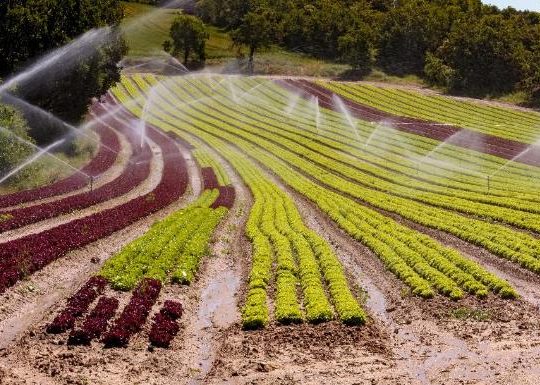
Early adopter of citrus growing automation achieves cost-efficiency, connectivity, and conservation in the one package
An Australian citrus grower at the forefront of automation efficiencies sweeping through the industry is increasing production quality and output…
Read More...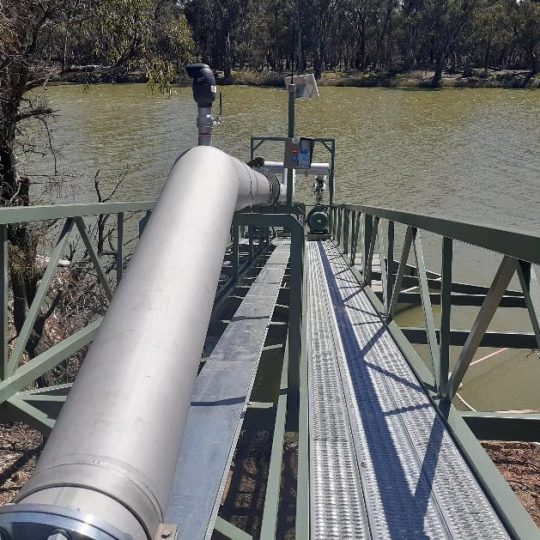
Premium table grape producer Palm Vineyards equips itself for a sustainable future with 3-into-1 irrigation upgrade
An international exporter of Australian table grapes noted for the quality of its fruit and sustainability of its horticultural practices,…
Read More...